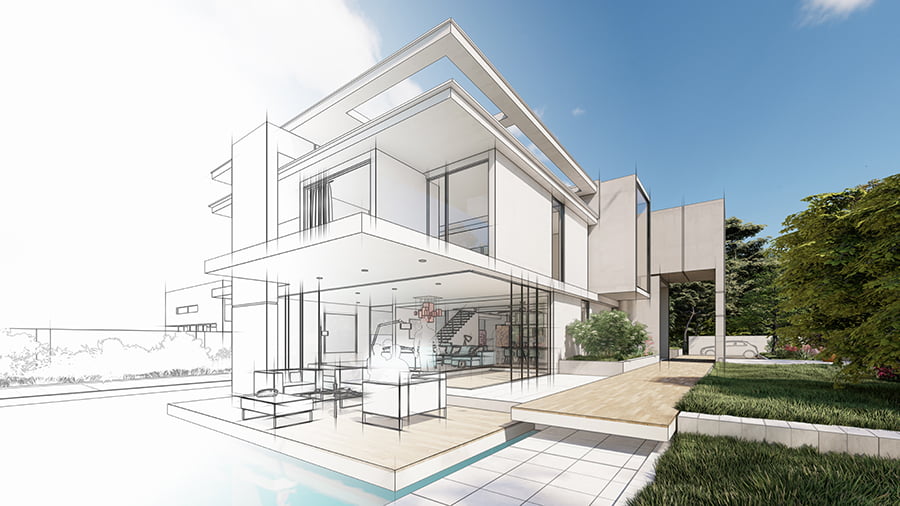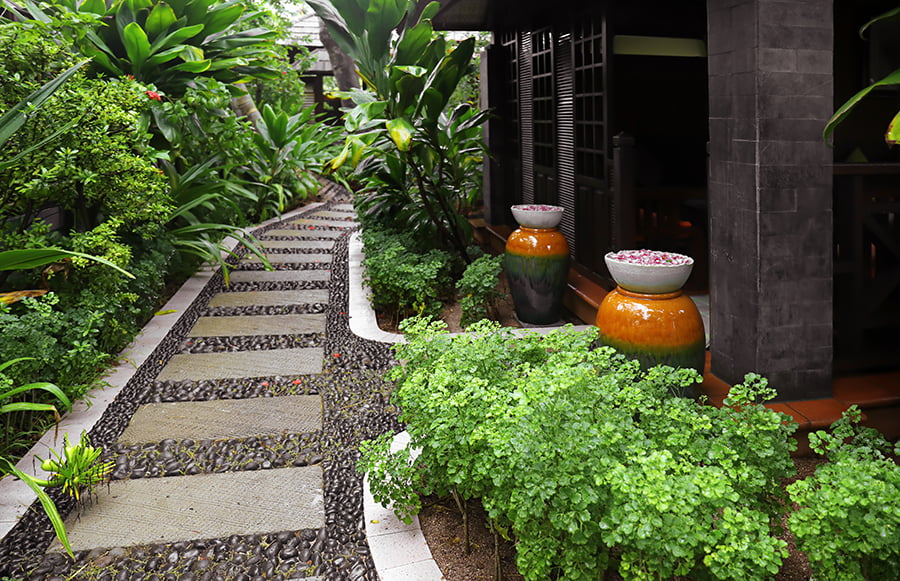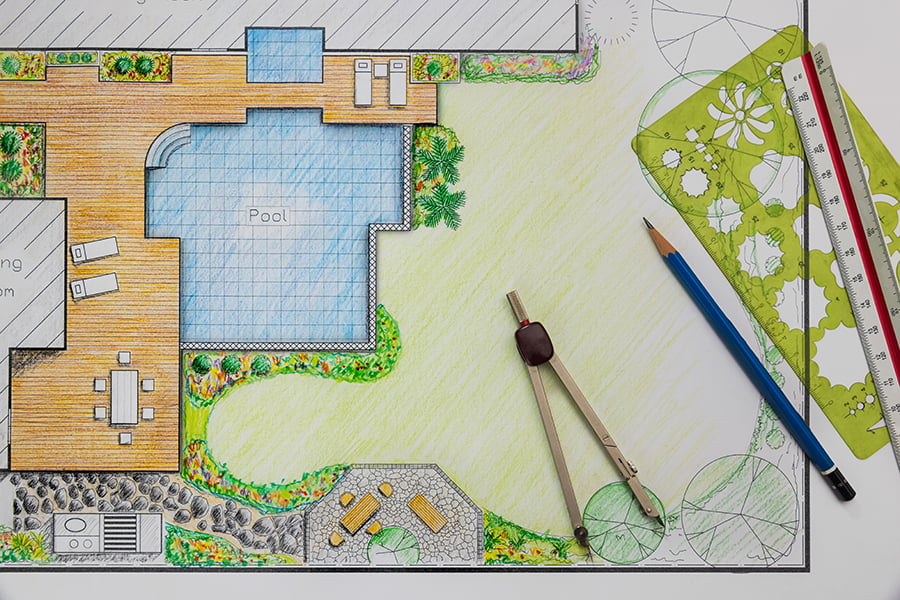Creating a landscaping plan that complements your home’s architecture can be achieved by considering the style of your home, selecting plants and materials that match the style of your home, and utilizing design elements such as pathways, patios, and decks to create an inviting outdoor space.
Creating a landscaping plan that complements the architecture of your home can be a daunting task. There are many factors to consider when deciding how to design your outdoor space, including the type of plants and materials you’ll use, as well as how they will interact with the existing architecture.
In this blog post, we’ll discuss some tips and tricks for creating a landscaping plan that enhances the look and feel of your home. Read on to learn more!
Look Inside:
Researching Home Architecture

Knowing the architectural style of your house can help you choose plants, materials, and other elements that will enhance its appearance. To research your home’s architecture, start by looking at photos online or in magazines to identify common features associated with different styles.
You can also look for clues on the exterior of your house such as window shapes and rooflines. You may want to consult local historical societies or archives for more information about the history and design of homes in your area.
Talking to neighbors who have similar houses can provide valuable insight into how best to landscape around them. By researching your home’s architecture thoroughly before beginning a landscaping project, you’ll be able to create a plan that enhances its beauty and adds value to it for years to come.
Researching Landscaping Styles

It involves looking into different types of plants, trees, and other elements that can be used to create a landscape design that fits the style of your home. You should consider the size and shape of your yard, as well as the climate in which you live when researching different styles.
It is important to look at pictures or examples of landscapes from similar homes to get an idea of what will work best for yours. You should consult with a professional landscape designer who can help you create a plan tailored specifically for your home’s architecture.
Selecting Plants and Materials

When selecting plants, consider their size, shape, color, texture and growth rate to ensure they fit with the style of your home. For example, if you have a modern home with clean lines and minimal ornamentation, opt for low-maintenance shrubs or grasses that won’t require frequent pruning or maintenance.
Choose colors that will complement the exterior of your house; warm tones like reds and oranges can add vibrancy to neutral-colored homes while cool blues and greens can provide contrast against warmer hues. When it comes to materials such as pavers or stones for pathways or patios, select ones that match the overall aesthetic of your home’s architecture.
If you have a traditional brick house with ornate details on its facade then look for pavers in similar colors and shapes to create continuity between the two elements. Similarly if you have a contemporary style home then opt for sleek lines in darker shades like black or gray when choosing paving material.
Creating a Budget

A budget helps you determine how much money you can spend on the project and what materials and services are within your price range. It also allows you to prioritize which elements of the landscaping plan are most important to you, so that you can focus your resources on those areas first.
When creating a budget, it is important to consider all potential costs associated with the project, including labor costs, materials, equipment rental fees, permits or licenses required by local authorities, and any other miscellaneous expenses. Once these costs have been estimated and added up, subtract them from the total amount of money available for the project to get an idea of how much money is left over for unexpected expenses or additional features.
Designing the Plan

The first step is to consider the style of your home and its existing features, such as the roofline, windows, and doors. This will help you determine what type of plants and materials should be used in the design.
Next, it’s important to think about how you want to use the space; for example, do you want an area for entertaining or just a place to relax? Once these decisions have been made, it’s time to create a plan that incorporates all of these elements into one cohesive design. Consider using different levels or terraces with various types of plants and materials; this will add texture and interest while also helping define each area within the landscape.
Make sure that any hardscaping elements like pathways or retaining walls are designed with both form and function in mind so they can enhance both aesthetics and usability.
Hiring Professionals for Installation

Professional landscapers have the experience and expertise to ensure that your plan is properly implemented, taking into account factors such as soil type, climate, and drainage. They can also provide advice on which plants will work best with your home’s style and how to maintain them over time.
They can help you create a budget for the project so that you know exactly what costs are involved before beginning any work. With their help, you can be sure that your landscaping plan will be both beautiful and functional for years to come.